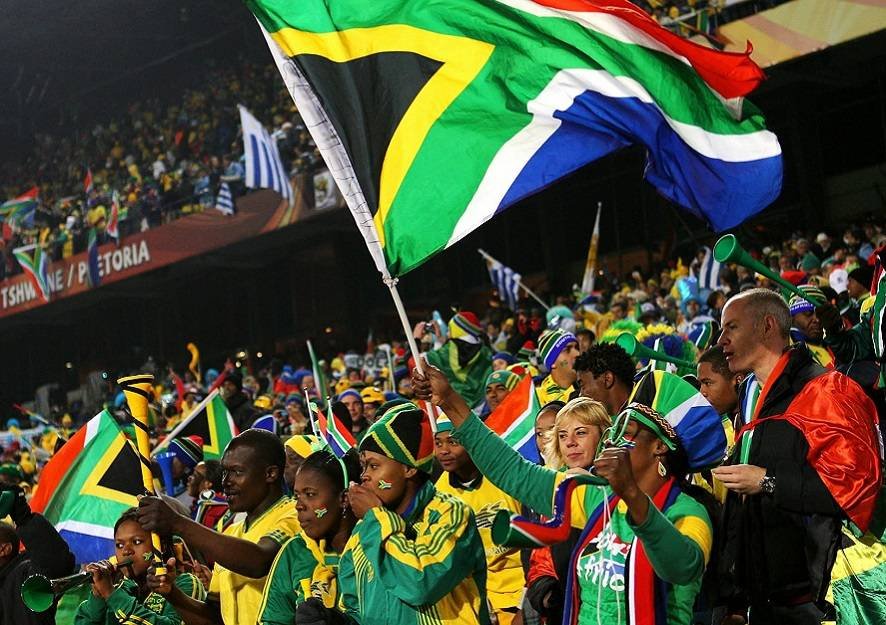South Africa is often referred to as a rainbow country and it is not that the country parades five linguistic renditions in her national anthem, but the legitimate anthem of the Rainbow Nation since 1997 is a five-language lyrical composition, making it the most unique anthem in the world.
The five different languages are Xhosa, Zulu, Sesotho, Afrikaans and English. The preservation of this linguistic diversity can be relevant for tapping into the strength of differences. And it would seem that is exactly what the 12-member committee that oversaw the foundation of the anthem took into cognizance. Indeed, this vision was stated in the document that founded the committee and was authorized by Nelson Mandela.
The native Black populations of South Africa are different and many. The country has 11 official languages and nine of them are originally African. These differences are also a fact that the apartheid government tried its possible best to help achieve a white-dominated nation of separatism.
South Africa’s anthem is informally known by the Xhosa reference ‘Nkosi Sikelel’ iAfrika which translates as Lord Bless Africa. That name is taken from a hymn authored in 1897 by Enoch Sontonga, a Xhosa man who was a Methodist clergyman. However, that does not tell the whole story of the anthem.
The anthem is mainly an ensemble of two songs, ‘Nkosi Sikelel’ iAfrika and Die Stem van Suid-Afrika, The Call of South Africa, the apartheid-era anthem composed in the 1930s. After 1994, both anthems were used by South Africa until 1997.
For a long time, Nkosi Sikelel’ iAfrika stood as an anthem of defiance of white-minority rule and apartheid. It was adopted by the African National Congress (ANC) in 1912 and it has been associated with African nationalism in South Africa and southern Africa ever since. Apart from South Africa, Nkosi Sikelel’ iAfrika was in various forms, the anthem of Namibia, Zambia and Zimbabwe, with Tanzania still retaining a Swahili version.
When Nkosi Sikelel’ iAfrika and Die Stem van Suid-Afrika were married, a few other verses in other languages were introduced leaving South Africans with the following:
Nkosi Sikelel’ iAfrika (Xhosa)
Maluphakanyisw’ uphondo lwayo (Xhosa)
Yizwa imithandazo yethu, (Zulu)
Nkosi sikelela, thina lusapho Iwayo. (Zulu)
Morena boloka setjhaba sa heso, (Sesotho)
O fedise dintwa le matshwenyeho, (Sesotho)
O se boloke, O se boloke setjhaba sa heso, (Sesotho)
Setjhaba sa, South Afrika, South Afrika. (Sesotho)
Uit die blou van onse hemel, (Afrikaans)
Uit die diepte van ons see, (Afrikaans)
Oor ons ewige gebergtes, (Afrikaans)
Waar die kranse antwoord gee, (Afrikaans)
Sounds the call to come together,
And united we shall stand,
Let us live and strive for freedom
In South Africa our land.

